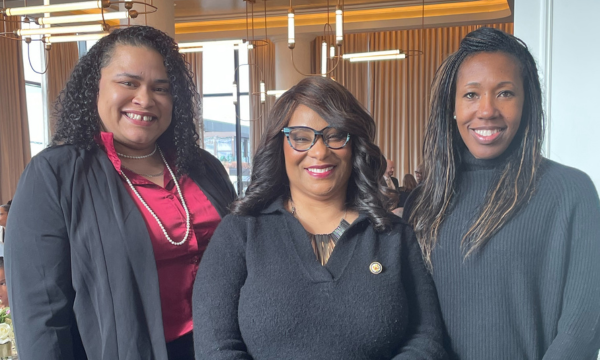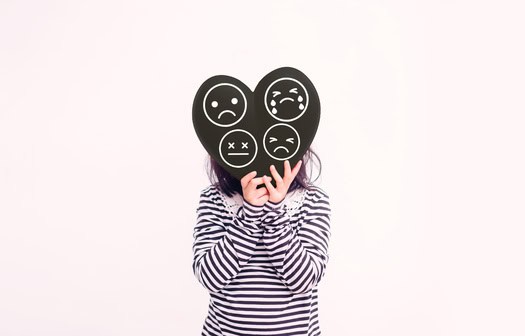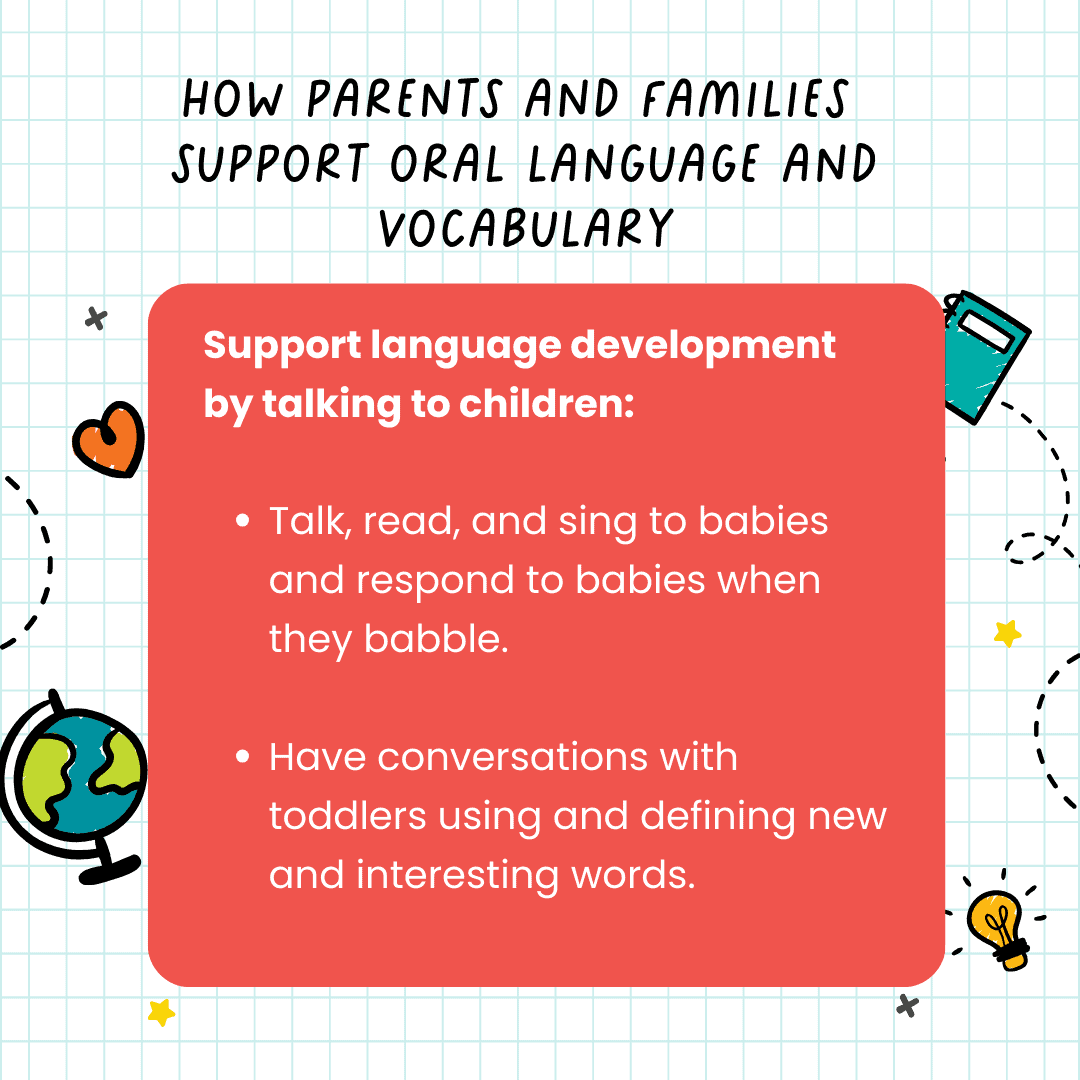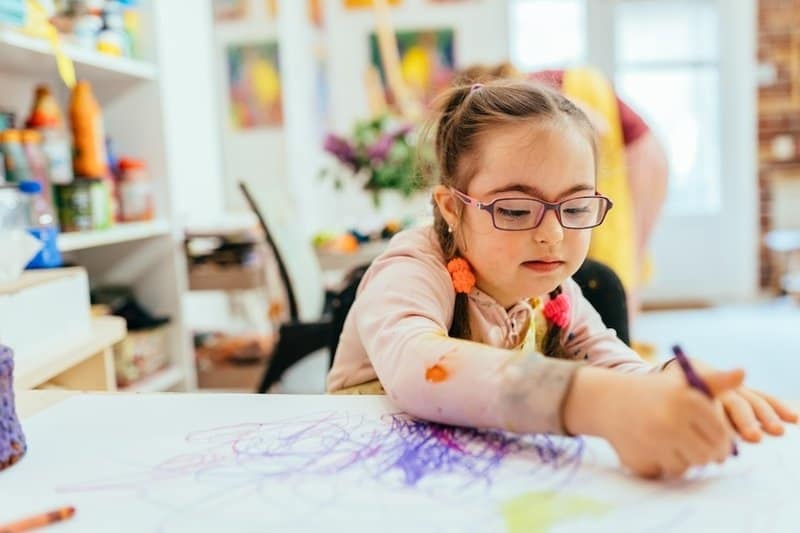
Children’s Wellness – Oregon Values and Beliefs Center
Republished with permission from Oregon Values and Beliefs Center.
Is Oregon the best place to be a kid? If not, how can we improve childhood and parenting experiences in the state?
From September 27th – October 15th, 2024, the Oregon Values and Beliefs Center conducted a statewide survey of Oregonians’ values and beliefs on the topics of financial well-being and children’s wellness in Oregon. The research was conducted to assist the Children’s Institute in its mission to make Oregon the best place to be a kid.
The question numbers in this document correspond with an accompanying annotated questionnaire and tabs. Due to rounding, the percentages reported below may not add up to 100% or compare exactly to the percentages for the same question in the annotated questionnaire or tabs.
Included below for selected questions are noteworthy subgroup variations for age, gender, area of the state, BIPOC/white, etc. The accompanying set of tabs notes subgroup variations for all the questions.
For survey full question wording, all statistically significant subgroup findings, and respondent quotes, readers are encouraged to refer to the accompanying documents found at the bottom of this page: (1) annotated questionnaire, (2) crosstabulations, and (3) verbatim written responses spreadsheet (upon request).
Key Takeaways
- A slight majority of Oregonians agree that Oregon is “the best place to be a kid,” while about three in four agree we should invest public funds into realizing this goal.
- Awareness and agreement are stronger for prenatal than postpartum support for women in Oregon. Many Oregonians also believe families with children ages 2 and under could benefit from home visits by a nurse or doula.
- Oregonians recognize the power of early learning to shape children’s academic future. They support public policies that prioritize funding early childhood education and development programs.
- A significant majority of Oregonians say that state funding should prioritize affordable housing for families with young children.
Families’ and children’s experience in Oregon
When asked if Oregon is the “best place to be a kid,” a slight majority of Oregonians agree (53%), a third disagree, and 14% are unsure. An even larger number of respondents agree that Oregon should invest its public funds to become the best place for children (77%). 16% of respondents disagree that Oregon should invest its public funds in this way, while 7% don’t know.
- Younger respondents, ages 18-29, are more likely to disagree that Oregon is “the best place to be a kid,” compared to older respondents.

63% of Oregonians believe the well-being of families with children is at risk, with 56% expressing this concern specifically for families with children aged 5 years or younger. About a quarter of respondents disagree that the well-being of families with children (22%) and families with children under 5 (24%) is at risk. Additionally, 15% are unsure about the well-being of families with children, and 20% are uncertain regarding families with children under 5.
- Respondents with children in their household are more likely than those without to believe that families with children are at risk.

Care for families before and after pregnancy
60% of Oregonians agree that women in Oregon receive necessary prenatal support for happy, healthy births, but only 47% feel this support continues postpartum. Around a third of Oregonians (32%) do not believe that support for women postpartum or after delivering a baby is sufficient, while 22% believe prenatal support is lacking. Awareness is also limited, with 18% unsure about the prenatal support women receive and 22% about postnatal support.
- Oregonians of color and those with fewer years of formal education are more likely to agree that women in Oregon receive necessary prenatal and postnatal support.
- Those whose annual income is at least $150,000 are more likely to disagree that women in Oregon receive necessary prenatal and postnatal support.

Oregonians also agree that families with children 2 and under would benefit from home-visiting services from a nurse or doula (69%). The remaining respondents are split between those who disagree that this would be helpful (16%) and those who are uncertain (15%).
- Urban respondents and those with a 4-year degree or more were more likely to agree that home visits from a nurse or doula would benefit families with very young children.
Pre-K-12 Education and Development
Oregonians find common ground when it comes to early learning as foundational education, with 8 out of 10 respondents agreeing that “Early learning and preschool set children on a path to be successful in K-12 schools”. 16% disagree with this statement, while 4% are unsure.
- Respondents aged 55 and older, those with higher annual incomes, and college graduates are particularly likely to strongly agree that early learning puts children on the path to long-term success in school.

A strong majority of Oregonians (76%) believe that investing in early childhood education and development programs through public policy is crucial, with 28% deeming it ‘very important’ and 47% calling it ‘extremely important.’ A mere 9% of respondents view this investment as either slightly important (5%) or not important at all (4%).
- Oregonians are particularly aligned on this matter, with few statistically significant differences. While some demographic groups have slightly higher percentages for ‘very important’ or ‘extremely important,’ overall agreement remains strong.

Housing families with young children
A majority of Oregonians (85%) believe that state funding should prioritize affordable housing for families with young children, with 47% expressing strong support and 38% somewhat supporting this initiative. One in ten do not support this prioritization, and 5% are unsure about it.
- Women, respondents with an annual income of $25,000 or less, and those with fewer years of formal education are more likely to strongly support state funding prioritizing affordable housing for families with young children.

Summation quotes – Amaury Vogel, Executive Director
“A slight majority of Oregonians believe our state is ‘the best place to be a kid,’ but an even larger 77% agree we should invest public funds to make that vision a reality. Younger respondents, aged 18-29, are more likely to question whether Oregon truly is the ‘best place to be a kid,’ reflecting generational differences in perceptions of child welfare.”
“Oregonians recognize the vital role of early learning, with 80% affirming that preschool sets children on a path to success in K-12 education.”
“While 60% of respondents believe women in Oregon receive adequate prenatal support, only 47% feel that support continues after childbirth, highlighting a gap that needs attention. The survey reveals a consensus that families with children ages 2 and under would benefit significantly from home visits by a nurse or doula, with 69% of Oregonians in support.”
“85% of Oregonians agree that state funding should prioritize affordable housing for families with young children, showcasing widespread support for this critical issue.”
Methodology
The online survey consisted of 1,906 Oregon residents ages 18+ and took approximately 10-15 minutes to complete. This is a sufficient sample size to assess Oregonians’ opinions generally and to review findings by multiple subgroups. Respondents were contacted by using professionally maintained online panels. In gathering responses, a variety of quality control measures were employed, including questionnaire pre-testing, validation, and real-time monitoring of responses. To ensure a representative sample, demographic quotas were set, and data was weighted by area of the state, gender, age, and education.
OVBC surveys currently use aggregated data to analyze the opinions of BIPOC residents in comparison to the opinions of residents who identify as white and not another race. BIPOC residents are not a homogeneous population, instead, they represent a wide diversity of races and ethnicities. The findings included in this memo should not be construed such that all people of color are believed to share the same opinions. Disaggregated race data will be provided when sample sizes permit reliability.
Statement of Limitations:: Any sampling of opinions or attitudes is subject to a margin of error. The margin of error is a standard statistical calculation that represents differences between the sample and total population at a confidence interval, or probability, calculated to be 95%. This means that there is a 95% probability that the sample taken for this study would fall within the stated margin of error if compared with the results achieved from surveying the entire population. This survey’s margin of error for the full sample is ±2.21%
Acknowledgements

Oregon Values and Beliefs Center (OVBC): This research was completed by the Oregon Values and Beliefs Center as a community service. OVBC is an independent and non-partisan organization and an Oregon charitable nonprofit corporation. Representative OVBC projects include a series of in-depth business interviews for the Columbia County Economic Team, as well as an extensive opinion research study about Oregonian’s values and beliefs, in partnership with over 20 organizations (Learn more about the 2023 Typology Study).

Children’s Institute to improve the lives of Oregon children from prenatal to grade 5 who face institutional or systemic barriers to opportunity, including those from low-income families, children of color, children with disabilities, multilingual learners, and children in rural areas through research, policy advocacy, learning initiatives, and community partnerships. The organization is dedicated to making sure every child is healthy, safe, and has what they need to become an active, engaged learner.





